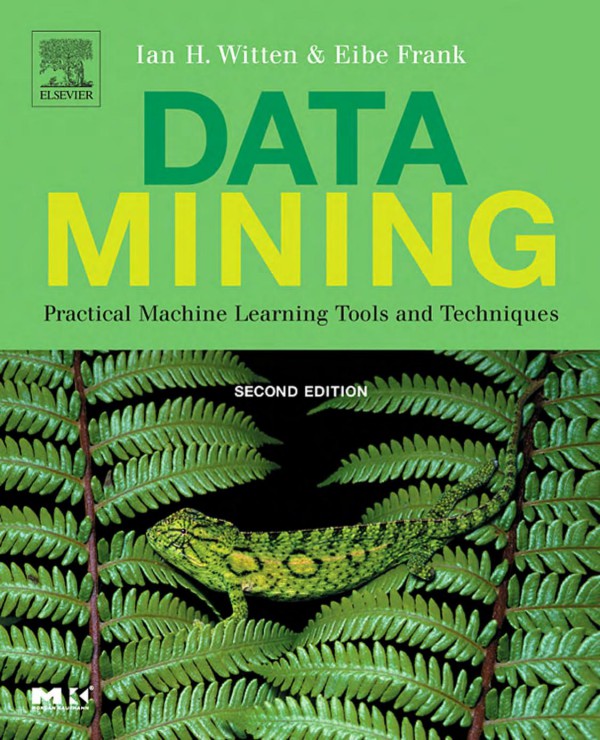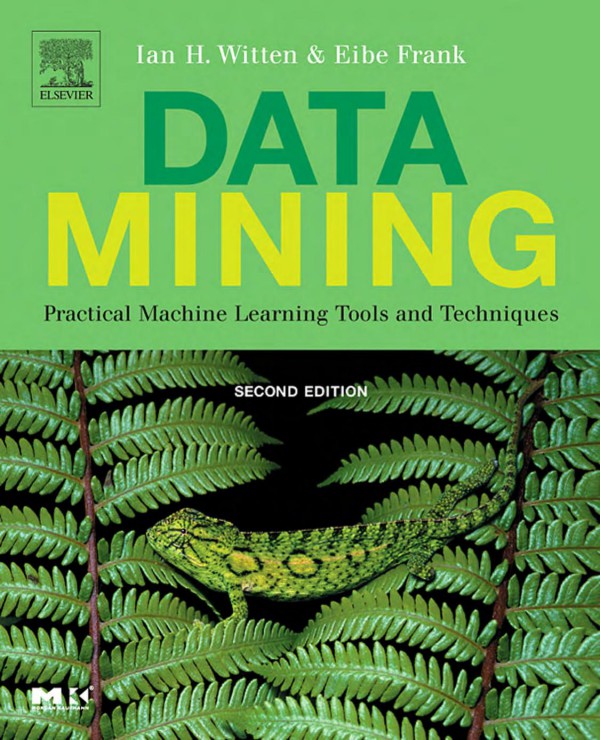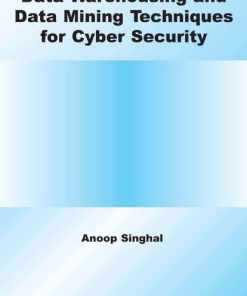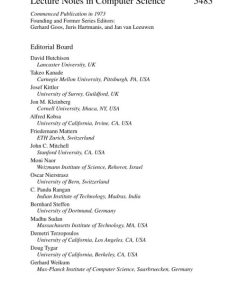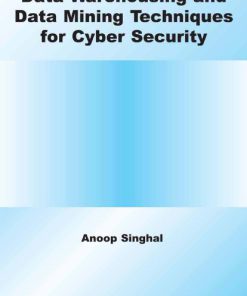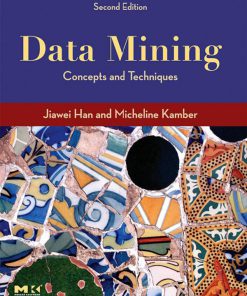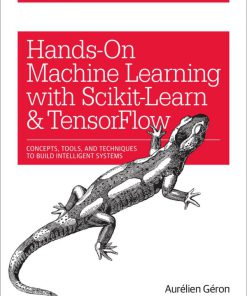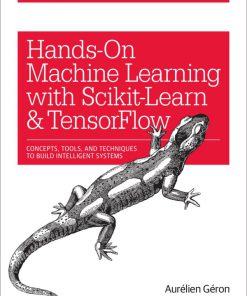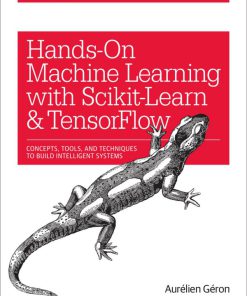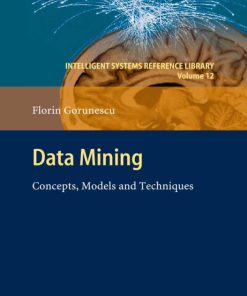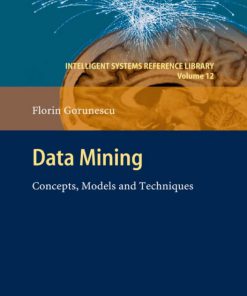Data Mining Practical Machine Learning Tools and Techniques 2nd Edition by Ian Witten, Eibe Frank ISBN 0120884070 8670120884070
Original price was: $50.00.$25.00Current price is: $25.00.
Authors:Ian H. Witten; Eibe Frank; Mark A. Hall , Series:Artificial Intelligence [57] , Tags:Computers; Database Administration & Management; Artificial Intelligence; General; Data Science; Data Analytics; TEAM DDU , Author sort:Witten, Ian H. & Frank, Eibe & Hall, Mark A. , Ids:Google; 9780080890364 , Languages:Languages:eng , Published:Published:Feb 2011 , Publisher:Elsevier , Comments:Comments:Data Mining: Practical Machine Learning Tools and Techniques, Third Edition, offers a thorough grounding in machine learning concepts as well as practical advice on applying machine learning tools and techniques in real-world data mining situations. This highly anticipated third edition of the most acclaimed work on data mining and machine learning will teach you everything you need to know about preparing inputs, interpreting outputs, evaluating results, and the algorithmic methods at the heart of successful data mining. Thorough updates reflect the technical changes and modernizations that have taken place in the field since the last edition, including new material on Data Transformations, Ensemble Learning, Massive Data Sets, Multi-instance Learning, plus a new version of the popular Weka machine learning software developed by the authors. Witten, Frank, and Hall include both tried-and-true techniques of today as well as methods at the leading edge of contemporary research. The book is targeted at information systems practitioners, programmers, consultants, developers, information technology managers, specification writers, data analysts, data modelers, database R&D professionals, data warehouse engineers, data mining professionals. The book will also be useful for professors and students of upper-level undergraduate and graduate-level data mining and machine learning courses who want to incorporate data mining as part of their data management knowledge base and expertise. Provides a thorough grounding in machine learning concepts as well as practical advice on applying the tools and techniques to your data mining projects Offers concrete tips and techniques for performance improvement that work by transforming the input or output in machine learning methods Includes downloadable Weka software toolkit, a collection of machine learning algorithms for data mining tasks—in an updated, interactive interface. Algorithms in toolkit cover: data pre-processing, classification, regression, clustering, association rules, visualization

